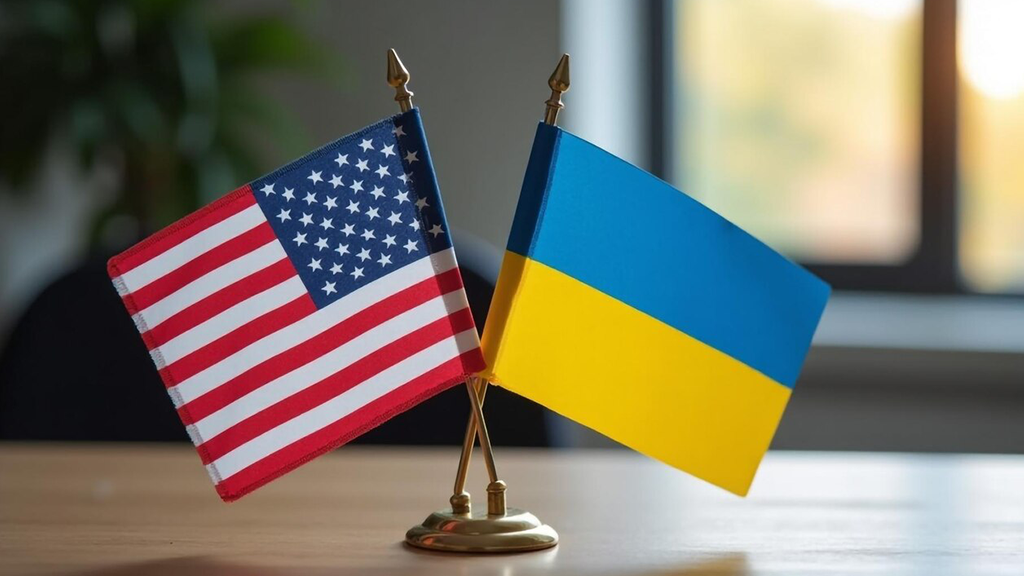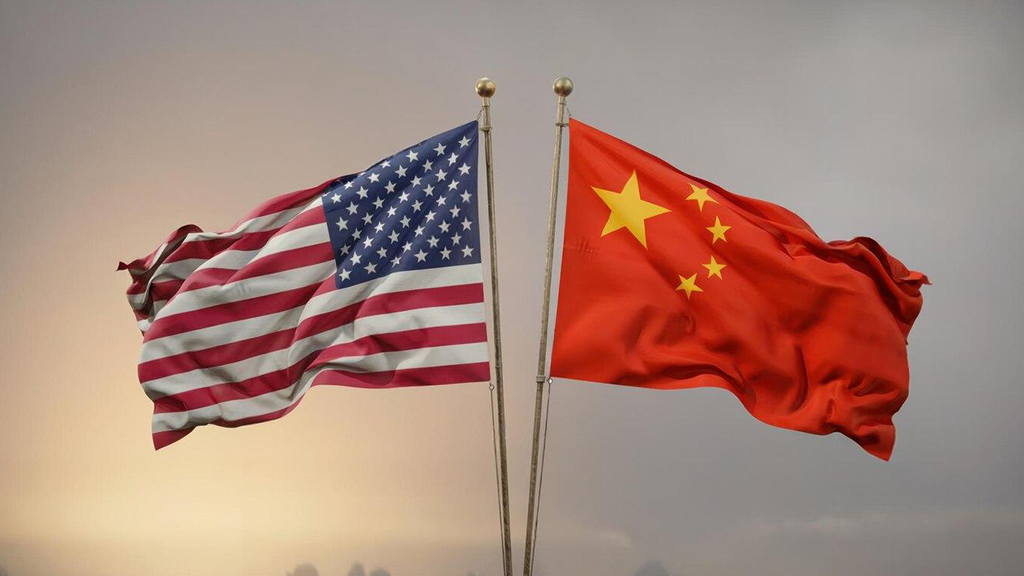

The United States and China have reached a preliminary trade accord that temporarily de-escalates tariff tensions between the two countries. Under the new agreement, both sides will reduce punitive tariffs for 90 days while formal negotiations continue.
Tariff Reductions and Scope
The U.S. agreed to cut tariffs on a wide range of Chinese goods, reducing rates from 145% to 30%. In return, China will lower its reciprocal tariffs on American imports from 125% to 10%. The reductions apply to key sectors, including technology, consumer electronics, automotive components, and agricultural products.
While framed as a temporary truce, this marks a shift from recent months of aggressive tariff hikes. U.S. officials indicated that the reductions are contingent on continued compliance and progress in structural talks. China, meanwhile, emphasized the need for “fair treatment” and access to American high-tech markets.
Mechanisms for Ongoing Talks
A joint consultation mechanism involving designated lead negotiators from both countries has been created. Meetings will alternate between U.S. and China locations and neutral venues such as Geneva. The goal is to address broader disputes over IP protection, tech transfer policies, currency manipulation, and market access.
A working group on digital trade was also established, with both sides agreeing to begin formal discussions on cross-border data regulation—an issue that has remained unresolved since the original Phase One trade deal.
Domestic and Global Reactions
Markets responded positively, with the Dow and Hang Seng gaining on the news. However, policy analysts remain cautious. Some in Washington criticized the deal for lacking enforcement mechanisms, while Beijing called it a “balanced outcome” that respects Chinese sovereignty.
Industrial lobbies on both sides welcomed tariff relief but urged negotiators to secure long-term clarity. American farmers and manufacturers, in particular, are watching closely, given their exposure to retaliatory measures.
What emerges over the next three months will determine whether this accord serves as a stepping stone to a comprehensive trade resolution or simply a pause in a broader conflict.








© THE CEO PUBLICATION 2021 | All rights reserved. Terms and condition | Privacy and Policy